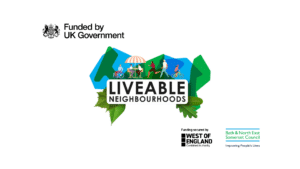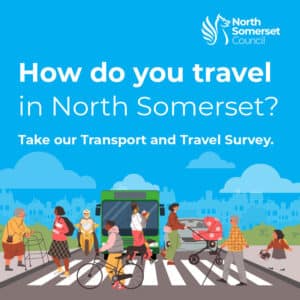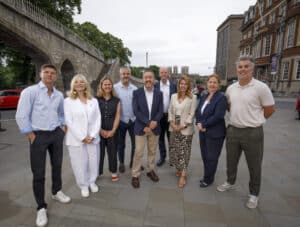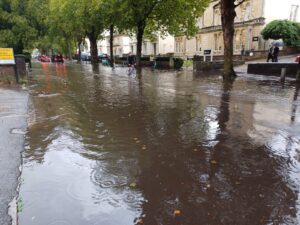Dr Adrian Davis
Top line: There are people for whom cycling is attractive and possible due to bicycle ownership but who have yet to take up this mode or with any regularity. Targeting young adults and those in higher social income groups appears to offer an effective means, in the short-term, to attract new cyclists. Some of these will previously have travelled by car.
Data on cycling levels is held nationally and recorded through the annual National Travel Survey.1 Cycling accounted for 2% of trips of less than 5 miles in 2009. In 2009, 14% of respondents said they ride a bicycle at least once a week and a further 9% said they did so at least once a month. 68% said they use a bicycle less than once a year or never. Much of the focus for a cycling renaissance addresses how to attract current non-cyclists. For example, in 1993 the Automobile Association surveyed a 1000 motorists and reported that about one third of them were also cyclists.2 While 69% were non-cyclists, 19% were utility cyclists and another 12% leisure cyclists. Within the ‘don’t cycle’ group there was also a ‘may do’ group. This is not insignificant, being at 11%, and included a relatively large proportion of women and those in social class groups A-C.
In a Department for Transport survey, 43% of respondents agreed that they could just as easily cycle many of the journeys of less than two miles that they make by car if they had a bike.3 Four in ten of respondents said they owned or had access to a usable bicycle. More males owned or had access to a bike (47 per cent compared to 34 per cent of females); as did those on higher incomes (£44k and over). Motivational factors to cycle are key and tapping into motivators remains a quest in travel behaviour research.
Segmentation work suggests that 20% of car drivers would like to reduce their car use.4 5 A proportion of new cyclists are likely to come from this segment. Research specifically seeking to identify new cyclists cites young people, especially men, with a significant minority finding cycling particularly appealing. This may, partly at least, be explained by lack of ingrained habit as well as self-belief in ability to cycle due to fitness. Other groups identified are empty nesters and those with secondary school age children.6
Research exploring key perceptions of cycling among both current and lapsed cyclists has been found to be very positive.7 Cycling is associated with freedom, being fun, bringing back memories of childhood and a pause in the stresses of daily life allowing a space for ‘me time’. Respondents also enjoyed the pure physical pleasure of cycling along, being alive and in charge of your own propulsion. Exciting potential cyclists with the sense of freedom, fun, and other positive motivational drivers appears to offer an effective means by which to recruit new cyclists.
1 National Travel Survey http://www.dft.gov.uk/pgr/statistics/datatablespublications/nts/ accessed 1st April 2011.
2 Snelson, A., Lawson, S., Morris, B. 1993 Cycling motorists – how to encourage them, Traffic Engineering and Control, November, pp. 555-559.
3 Department for Transport, 2011 2010 British Social Attitudes survey: attitudes to transport. London: DfT.
4 RAC Foundation, 1995 Car Dependence. London: RAC Foundation
5 Anable, J. 2005 ‘Complacent car addicts’ or ‘Aspiring Environmentalists’? Identifying travel behaviour segments using attitude theory, Transport Policy, 12, 65-78.
6 Davies, D. et al, 1997 Attitudes to cycling: a qualitative study and conceptual framework. TRL Report 266. TRL.
7 UWE, 2010 http://info.uwe.ac.uk/news/UWENews/news.aspx?id=1876 accessed 1st April 2011.
69: Non-cycling adults – how to engage them in cycling
Download
pdf
PDF approximately 35.53 K




